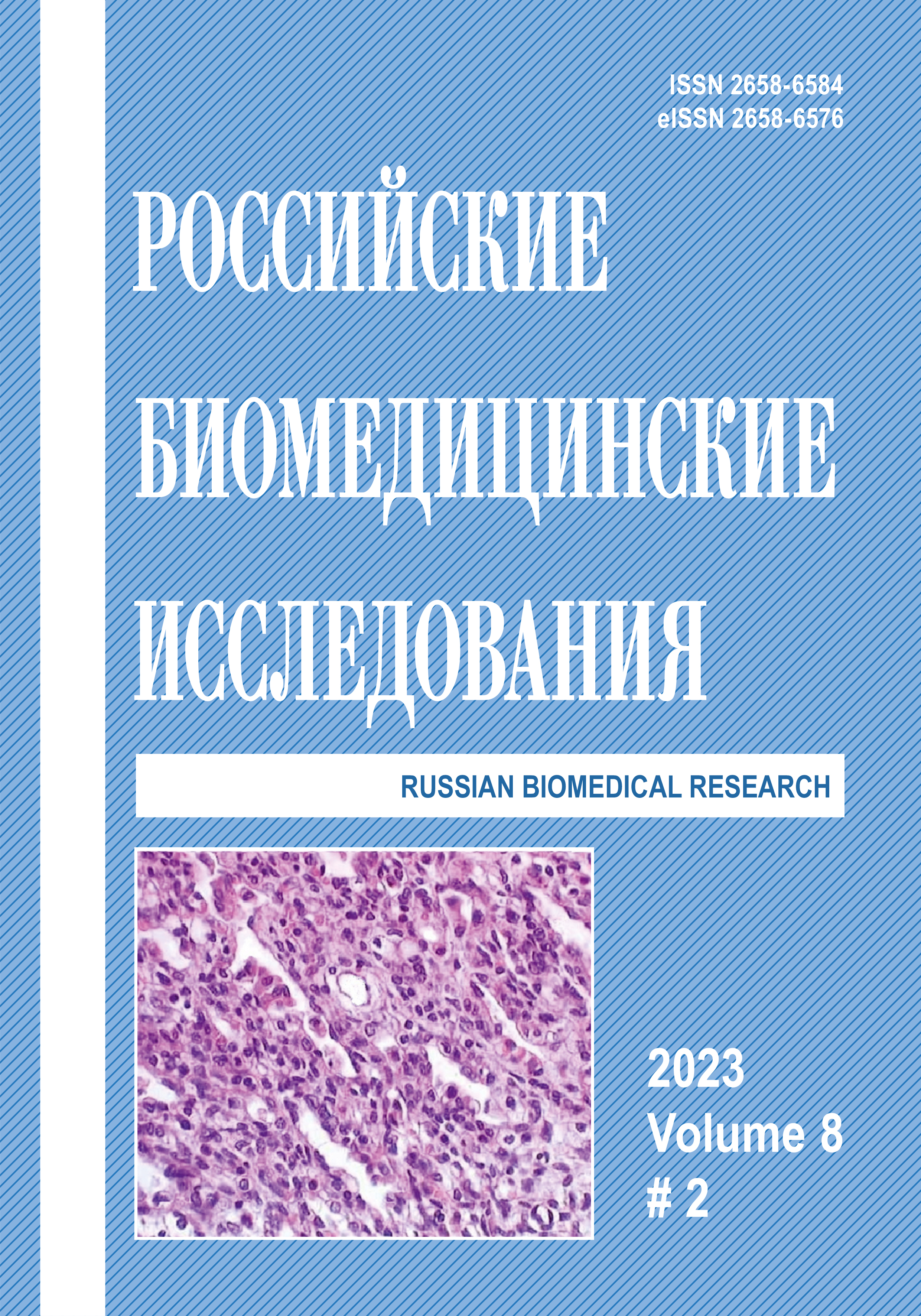THE ROLE OF ANTIBACTERIAL CONTROL IN THE STRATEGY OF PROLONGED REGIONAL ANESTHESIA: A PROSPECTIVE, OPEN-LABEL, COMPARATIVE, SINGLE-CENTER STUDY
Abstract
Catheterization for prolonged regional anesthesia brings about potential conditions for the development of infectious complications. The frequency of their occurrence is low, but, in case of occurrence, it can lead to serious consequences for the patient, as well as increase the duration of stay in the hospital. Colonization of the catheter with microflora in the amount of 105 CFU or more means that there is a risk of developing an infectious complication. Objectives. To determine the strategy of regional anesthesia based on data for catheter colonization depending on the method of its fixation and duration of use, as well as to determine the prevailing type of microflora inoculated. Materials and methods. A prospective, open, comparative, single-center study included 87 patients aged 2 to 18 years. All patients underwent prolonged regional anesthesia, and depending on the method of fixing the catheter were divided into 3 groups — in the first group catheter was fixed with an adhesive sticker (AS), in the second — an adhesive sticker used with the antimicrobial coating Desitol V (AS + D), in the third catheter tunneling (T) was applied. Bacteriological study of microbial contamination was carried out in the classical way. Results. None of the 87 patients had signs of a local or systemic infection. The difference in the frequency of colonization between the FN and FT groups was statistically significant: χ2 (1,N = 65) = 6.45 (p = 0,011), between the FN and FN + D groups it was not significant. The relative risk of colonization of the skin part of the catheter when fixing with a sticker is 2.25 times higher than when tunneling the catheter: RR = 2.25 (p = 0.05) (95 % CI 1.069–4.73). In the FN + D group, colonization of both the skin and the inner part of the catheter was noted at significantly earlier periods than in the PT group: skin part: U = 6,5; Ucr = 10; p = 0,018; inner part: U = 6; Ucr = 6; p = 0,047. With positive results of bacterial analysis, the culture of St. epidermidis (48,3 %) and St. aureus (19,3 %). Conclusion. When planning postoperative analgesia lasting 3 days and more, tunneling is the preferred method of catheter fixation.
Copyright (c) 2023 Russian Biomedical Research

This work is licensed under a Creative Commons Attribution 4.0 International License.



